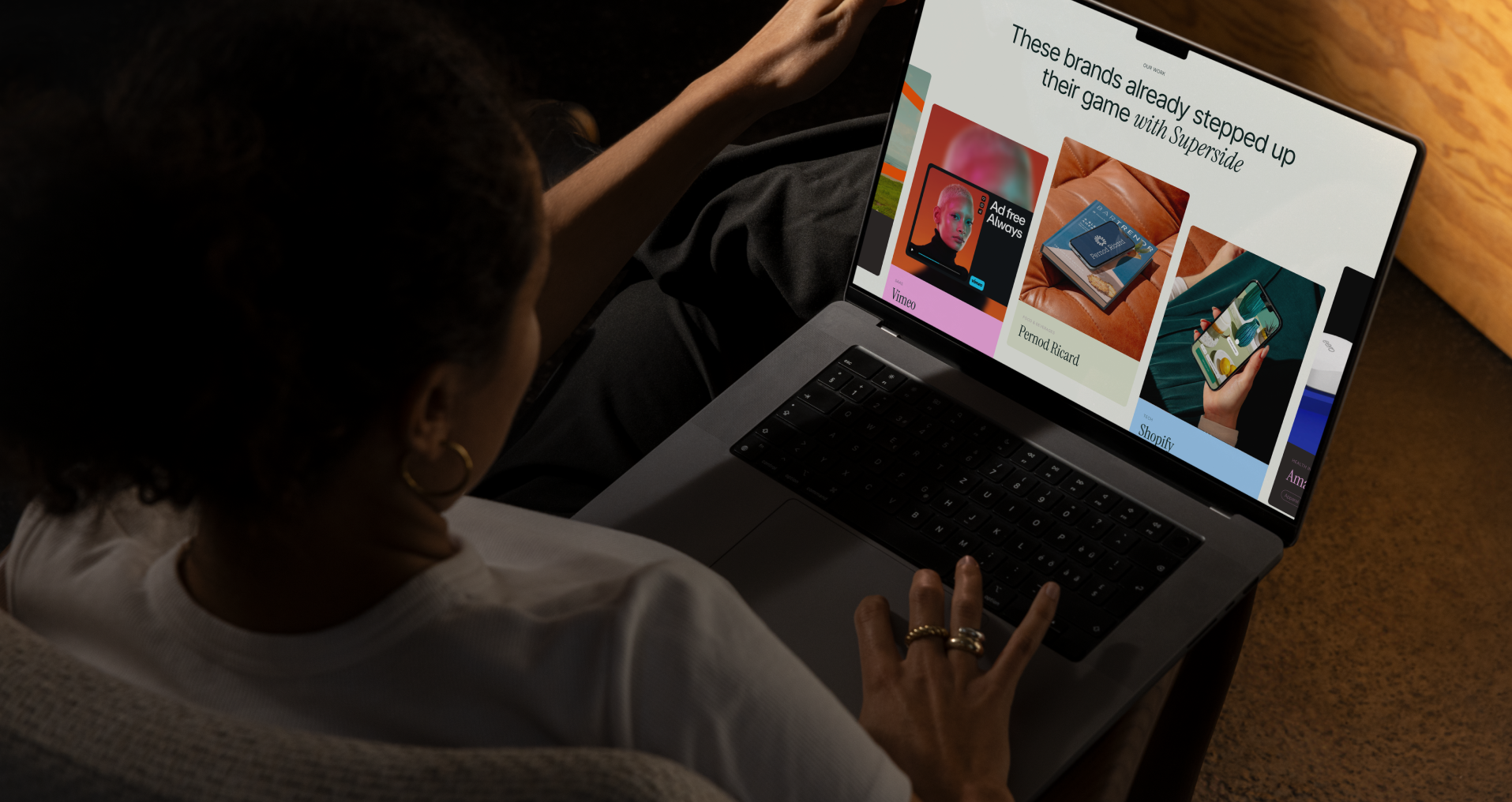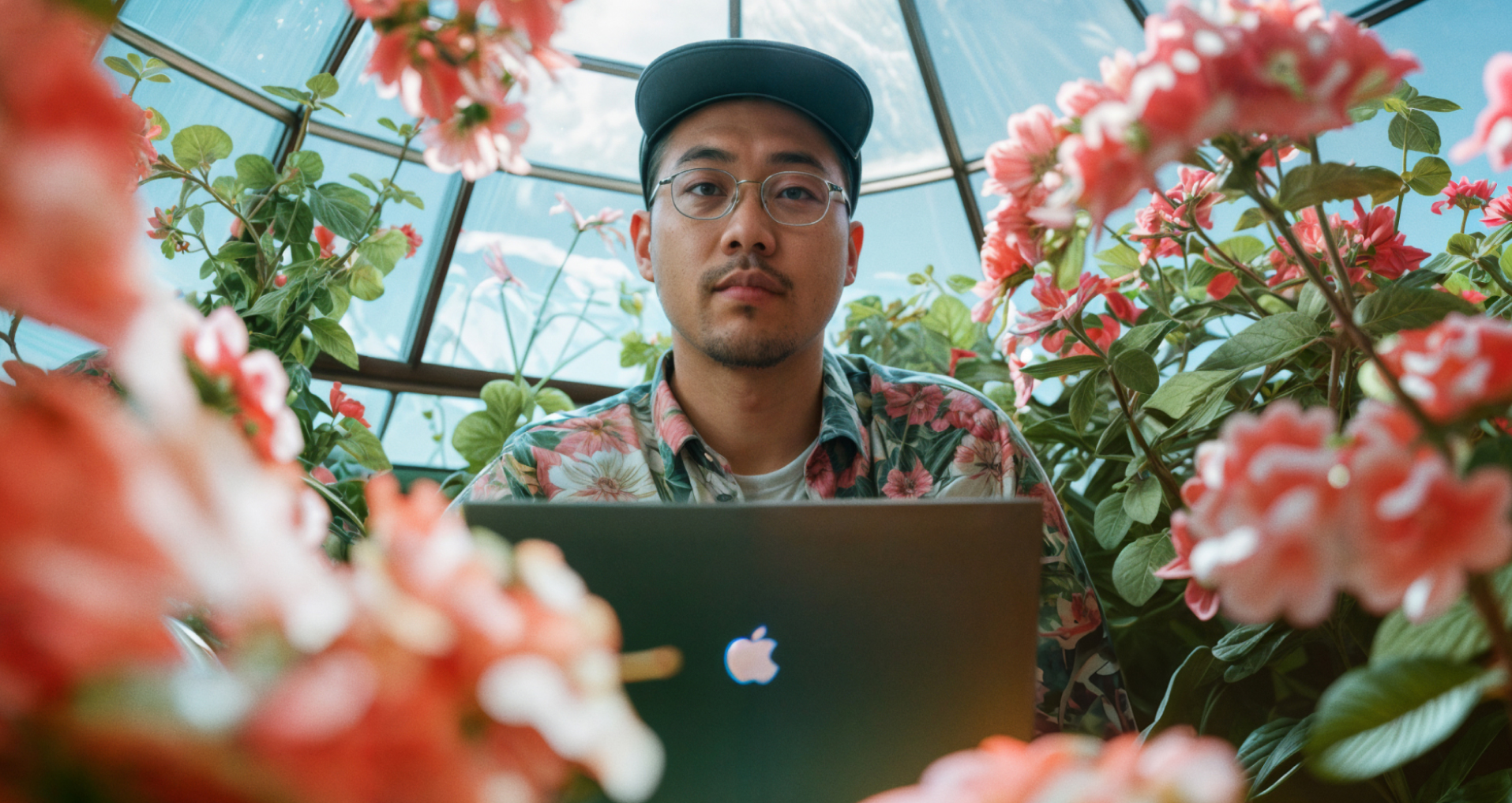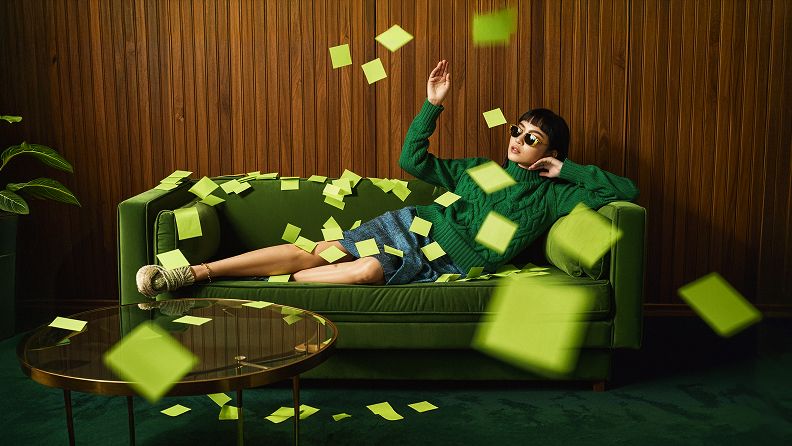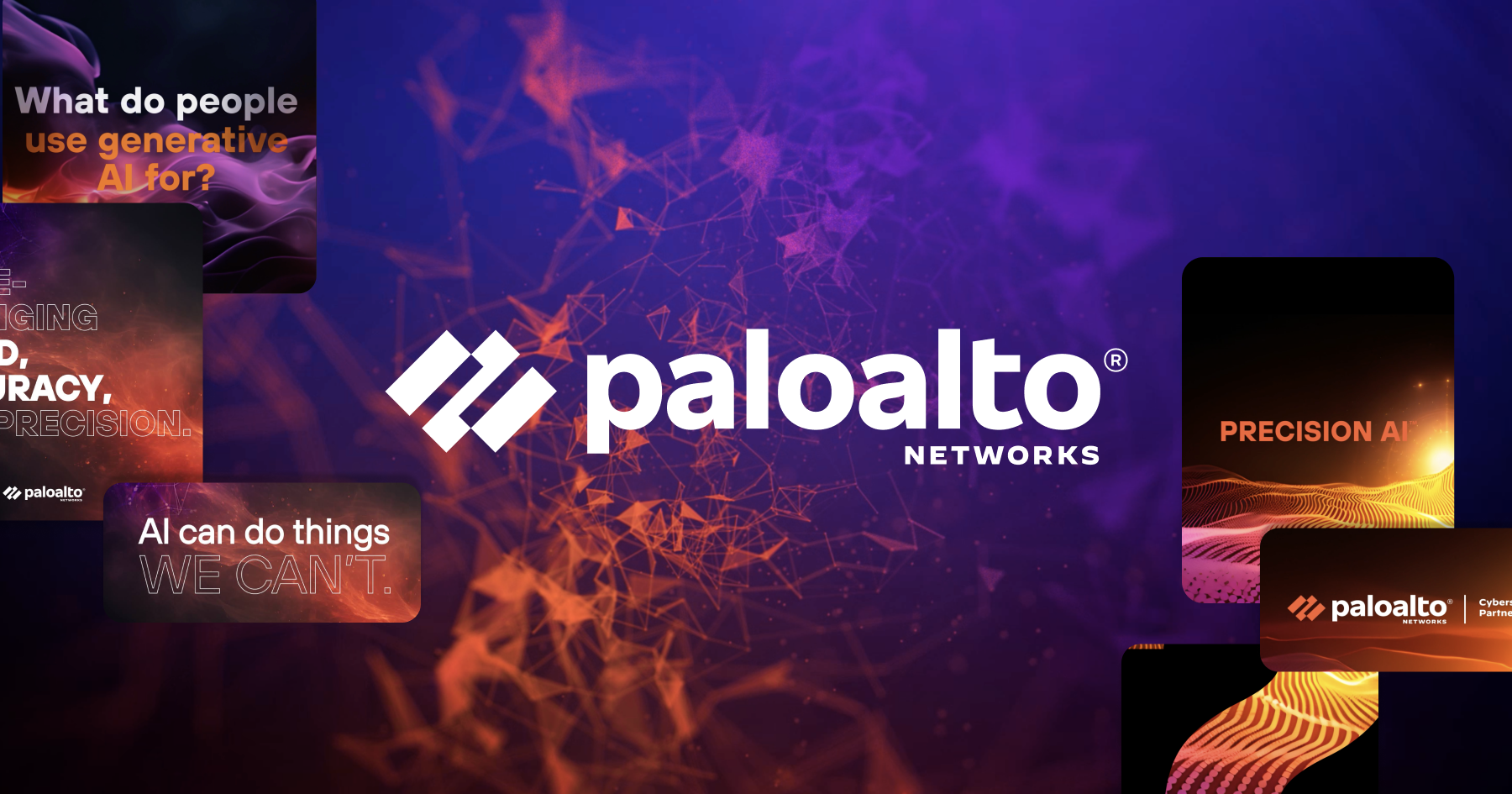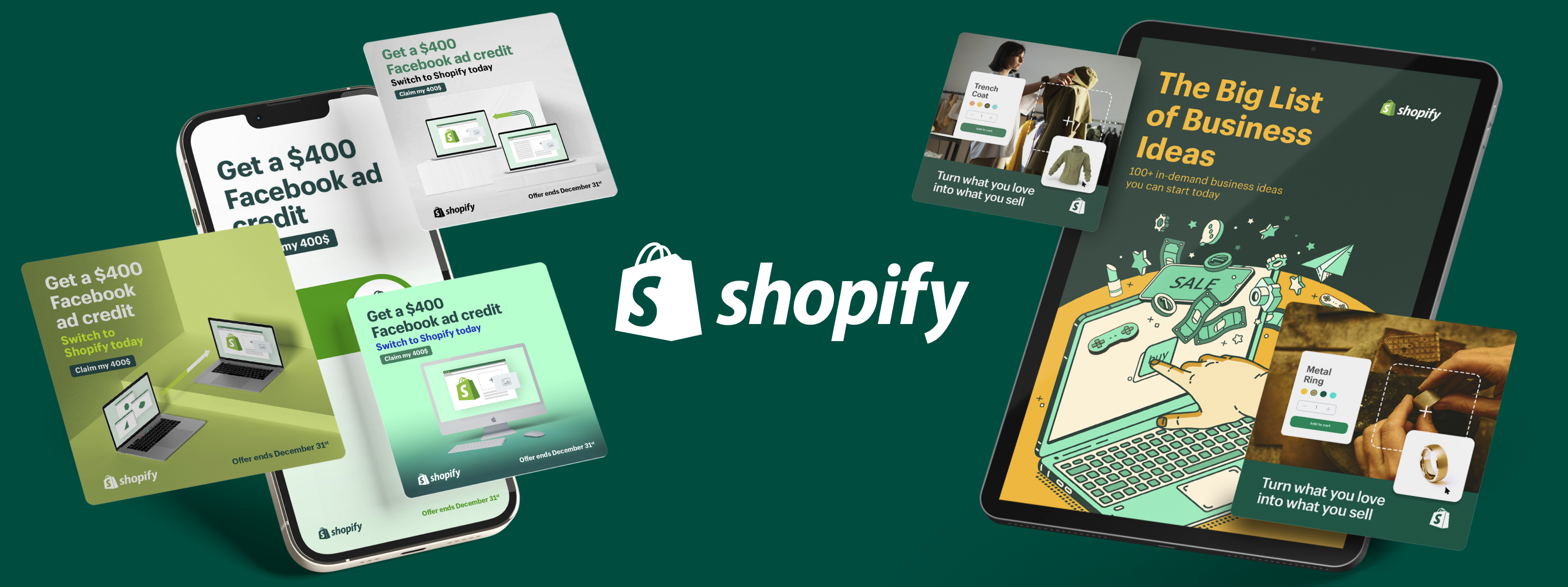Leading with kindness: A Q&A with Gradwell Sears, Superside’s new CCO
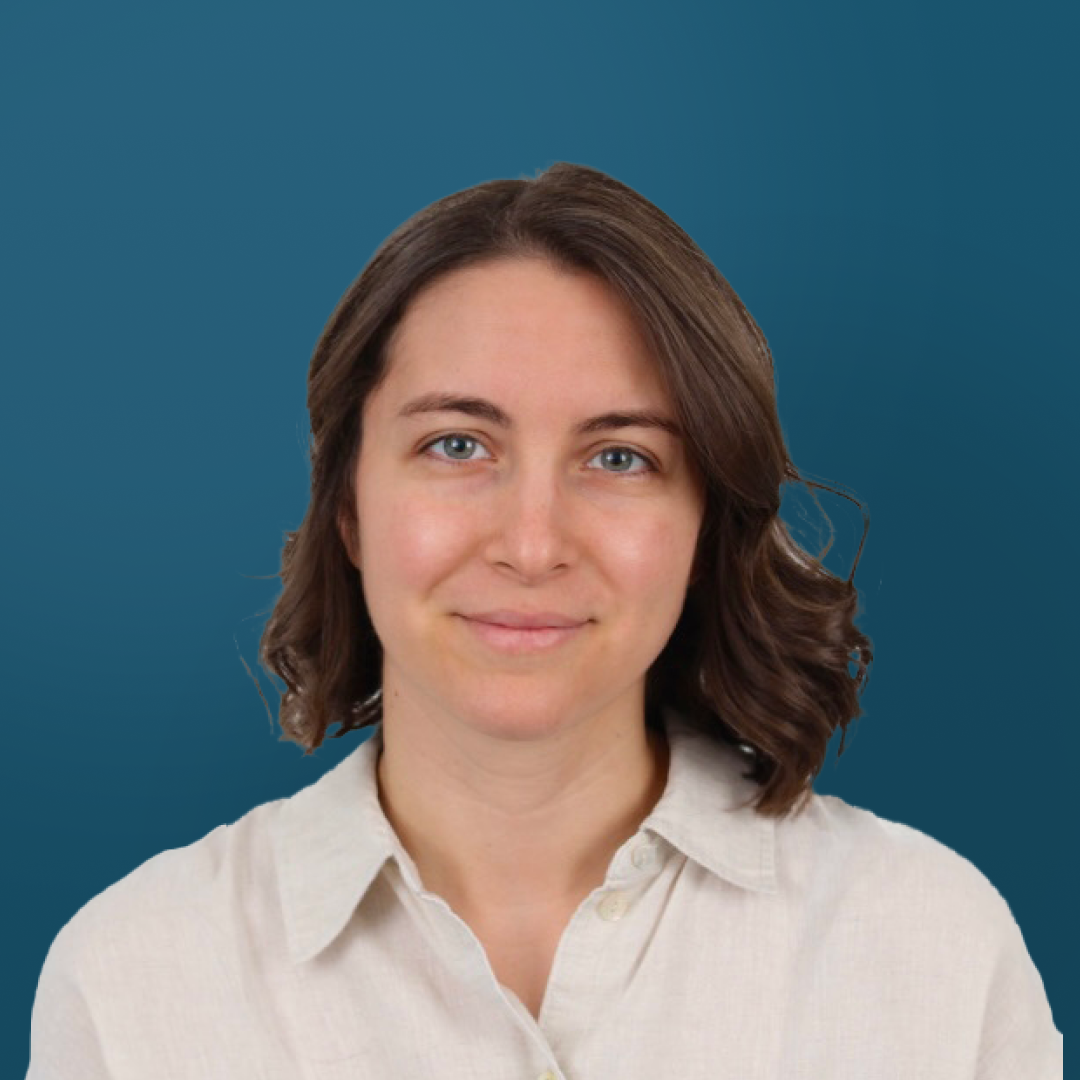
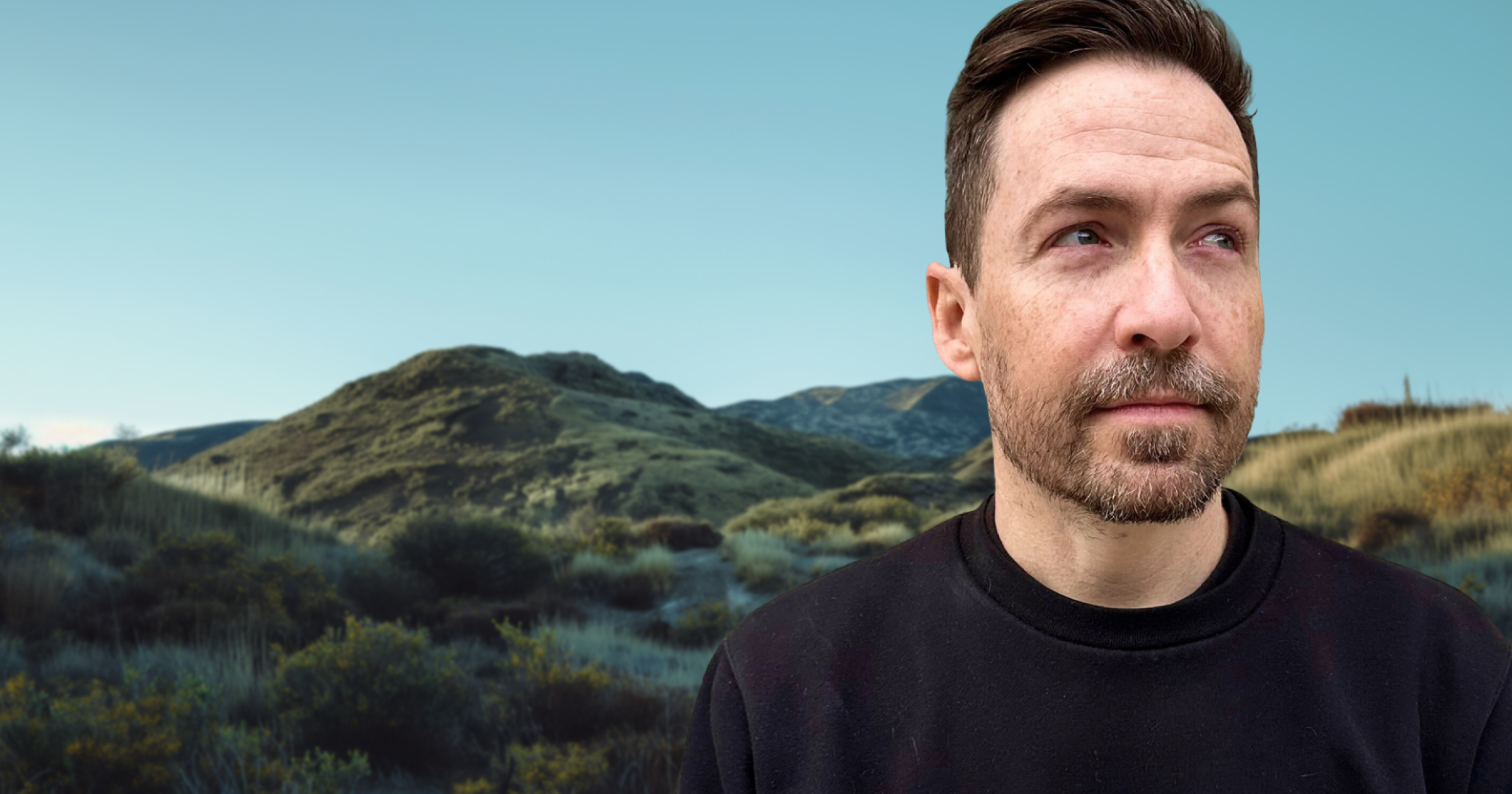
Meet Gradwell Sears, Superside’s new Chief Creative Officer. He joins us from Monks, bringing decades of deep agency experience and a track record of leading standout work for brands like Meta, Peloton, adidas and General Motors. Gradwell brings serious creative firepower—but beyond the big names, he’s deeply committed to building kind, inclusive and energized teams, especially in a remote-first world.
In his first week at Superside, we sat down with him to chat about his creative philosophy, where the industry’s headed and the culture he’s excited to help shape.
Q: First off, where are you based?
A: I’m in Williamsburg, Brooklyn, NY—having lived in the boroughs for the last 25 years. So I think I can call myself a New Yorker officially.
Q: Where did your creative journey start? What drew you into the world of advertising?
A: I studied art early on and went to Parsons School of Design in Manhattan, where I was accepted into the inaugural Interdisciplinary Design Curriculum (IDC) program. It was sort of a “choose your own adventure” where you could mix different courses from any studies at The New School. For the most part you see something that's interesting, go for it. I really liked the openness and the entrepreneurial aspect of that.
I thought it was really interesting that advertising could subconsciously and consciously help you tell a story of a brand and bring all those pieces together.
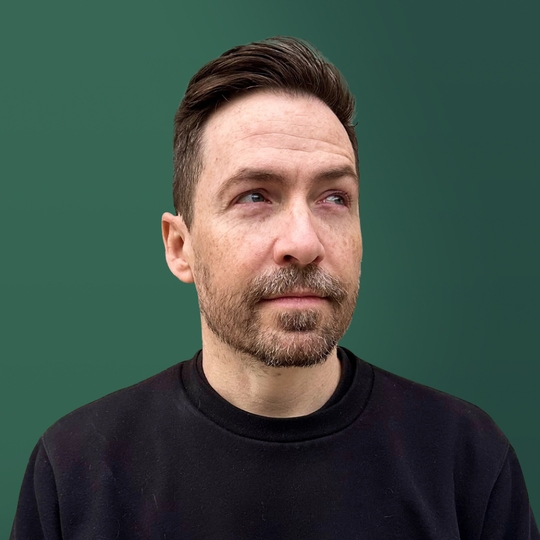
I was always fascinated by how messages are constructed—especially the psychology behind signals and persuasion. Where advertising came in allowed for me to remain creative and make a good living (so I could stay in NYC), while discovering ways to tell a brand or product's story and that was exciting. There were a lot of adventures ahead.
Q: Walk us through your journey in advertising. What were some of the roles you experienced before joining Superside?
A: I started in traditional advertising at Kraftworks and Arnold, working on major accounts like Calvin Klein, Unilever and Hershey. Early on, I realized I was drawn to digital and production, the full end-to-end process. Eventually, I moved to London for a few years, where I expanded my experience freelancing at studios like Passion Pictures and UNIT9 to expand my network and hopefully get a foot in the door in a new city. I was so lucky to find that opportunity at AKQA London, where I led digital work for BMW, Rolls-Royce and Mini and began building and scaling creative teams.
I was then called back to New York City, where I joined Monks to help lead the US office and grow their platform capabilities. I later stepped into the ECD role at Firstborn (now Dentsu Creative), leading work for brands like adidas and Peloton, before boomeranging back to Monks in 2020 to grow the Meta account. Most recently, I served as co-EVP across a number of large accounts, co-leading creative for both North America and global clients.
Then the opportunity with Superside came into view.
At first, I was curious—just trying to understand the model and see if there was something I could bring back to my day-to-day. But as I started meeting with the rest of the Superside team, it quickly became more than curiosity. Everyone was sharp, kind and had a clear point of view—especially about how Superside is challenging the status quo in an industry that's long overdue for change. It felt like a breath of fresh air—and something I genuinely wanted to be part of.
Q: The creative industry is constantly changing, especially now with the age of AI. With all of these changes, where do you think the industry is heading?
A: In terms of the business model—brands want to spend less, do more high-value work in-house and be pragmatic. Superside isn’t trying to be another agency. We’re an extension of internal teams. We can augment staff, offer cross-discipline expertise and scale. Then the subscription model gives brands small, medium and large the opportunity to be able to utilize really great talent globally within their own needs.
Creatively, AI gives us the chance to be more like tastemakers. I think that's an important role that we get to be as creatives, which is incredibly exciting.

I don’t think AI is the elephant in the room anymore—it’s here. Sam Altman recently posted that when ChatGPT launched 26 months ago, it added one million users in five days. They added one million users in one hour after announcing 4o Image Generation. The technology is so disruptive and powerful, you could ask someone what the future holds and the answer would change next week. So it’s important to embrace it and stay active.
Q: You’ve worked at both traditional agencies and in more progressive creative environments. What made Superside stand out?
A: The entrepreneurial aspect of how the founders didn’t come from a traditional creative background—it was just a new way to approach a new creative problem. And I found that was really interesting. It was also about recognizing that the traditional agency model hasn’t really changed, despite ongoing issues with how brands and employees are engaged with.
With the disruption that we're going through right now from a technology standpoint, to have a company that said, “Hey, foundationally we’re already in that space,” like that’s table stakes.
What we're trying to do now is figure out the way of working with it and moving forward in a very remote and very open and very collaboratively entrepreneurial kind of direction. That was all very interesting—something new that I wanted to be a part of. As I've gotten to know more about it—and as people around me have gotten to know it, everyone’s been looking at Superside going, “Okay, this might be something to watch.”
Q: Now that you’re here, what kind of creative culture are you hoping to foster at Superside?
A: The big one for me is camaraderie.
I think the challenge is understanding how to bring people together in an environment where they feel included and that they feel seen. We celebrate the work, we look at it together, we highlight each other at an individual level. It’s important to me that we keep a positive outlook for the future and we can only do that if we’re continuing to elevate ourselves.
I love the fact that one of the values here is to be kind. I think that's really important because it keeps humanity within the company.

Something I’ve always tried to lean into is kindness. Early in my career, I witnessed certain management styles and behaviors that I didn’t fully support. Approaches I knew I never wanted to repeat.
Q: Burnout is a big challenge in creative fields. How do you support teams when the energy is low?
A: I think it's about coming in with a bit of an understanding of where we are as a team or as a company and ensuring that people understand what the vision is—it doesn't need to be a philosophical vision, but just at least in a direction that we are all going together.
Empathy is an extremely important part of our job—especially as creative leaders. To try to understand what someone’s going through and help connect them to ways of getting help.

On an individual level, I think it's important to have conversations and to listen well. I'm a big advocate of one-on-one across any level.
Q: Do you have a creative philosophy you stand by?
A: It’s a bit of an interpretation of artwork created by the London-based artist, Anthony Burrill. But I say: work hard, be nice, keep it simple.
Q: Let’s shift gears—what do you do outside of work?
A: Hanging out with my dog—Eevie. She's a little mixed terrier rescue from Puerto Rico. When it’s finally warm again, I’ll throw her on my back and we'll go out for a cycle around town.
I try to keep myself immersed in the creative culture here in New York. It's so accessible. I try to get to galleries and museums when I can. If certain shows are popping up or fairs and things like that, I definitely try to jump in and see some of my favorite artists or just pieces of work that inspire me.
Q: Let’s wrap with a few rapid-fire questions—no overthinking:
Night owl or early bird? A: Night owl.
Favorite font? A: Papyrus (laughs). Let’s go with Helvetica Now—it’s a classic twist.
Most used emoji? A: 🤘
Slack or email? A: I say email—organizationally, it’s email. You can actually track a conversation, the thread is there. Slack is great for immediacy.
TV or movies? A: Movies.
Whether you're a fan of TV or movies, Gradwell's brand of creativity, fuelled by empathy, is easy to connect with. As Superside steps into the future with a creative services model powered by AI and designed to empower in-house teams, we're excited to welcome a seasoned leader like Gradwell whose talent, knowledge and passion for innovation align perfectly with our mission.
Tess is a Senior Content Specialist at Superside, where she crafts compelling content for SMBs and enterprise businesses. With over 10 years of experience, Tess has honed her skills writing for both B2B and B2C audiences, working across agencies and in-house creative teams. Her expertise spans industries, including international relations, tech, hospitality, and the music industry, where she has a knack for blending storytelling with strategic insights. When she’s not busy writing, you’ll likely find her curled up with a good book, binge-watching the latest Netflix obsession or hiking.
You may also like these
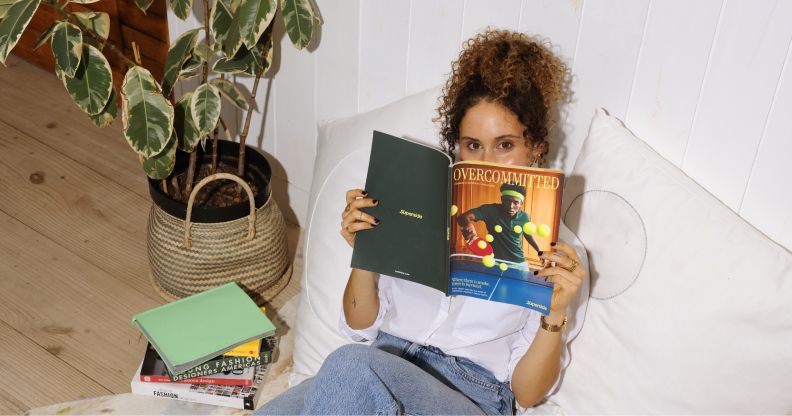
The state of in-house creative teams? Overcommitted
Throughout my career—first as a designer and now as Executive Creative Director—being “creative” has meant many things, especially in business. Working with brands like Adobe, Pinterest, Sony Music and Fendi, you learn from the best. You also experience the pressures of sky-high expectations, mammoth workloads and minuscule timelines.You choose your profession because of your talent and passion for creative—but your day-to-day is just admin and juggling deadlines. We know this truth. We live it. We feel it every day. But, how do you prove it? More importantly—how do you fix it?So, we asked 200+ creative leaders how they’re handling the chaos—what’s working, what’s not and what’s next. Here’s what we found:Everyone’s burned out
A Giant Leap Forward: Superside’s New Brand Has Landed
The eagle has landed! Our brand now reflects who we are: The world’s leading AI-powered creative services company, transforming how enterprise teams approach design.Over the past decade, Superside has grown from a scale-up to a global creative powerhouse, working with tech giants like Amazon, Vimeo, Meta, Salesforce and Reddit. We’re proud to work with the best brands on the planet. The one thing they all have in common? Incredible in-house creative teams brimming with world-class talent—and all strapped for time and resources.Our mission: To help enterprise creative teams dream bigger, move faster, scale smarter and build iconic brands.Your Creative Team’s Creative Team™
Introducing Superads: Powerful, Shareable Creative Analytics
Since we started building Superside back in 2015, technology has had a profound impact on almost all aspects of creative. Everything from ideation to distribution has been upended as a result of incredible innovation.But, there's one key area yet to be transformed: creative analytics. While there’s been incremental progress, most brands we work with are still using tedious, time-consuming and complicated native tools for tracking metrics and complex spreadsheets for sharing results.Historically, analytics tools have been analog and ineffective. The back-and-forth between marketing and creative teams is confusing and creates more chaos than confidence.As a result, many marketers make knee-jerk decisions on their creative, instead of data-backed ones. Opportunities get missed, resources are wasted and frustrations rise.After seeing this struggle play out time and again, We knew there had to be a better way. So, we built Superads, the only AI-powered creative insights tool built for marketers and creative teams.
